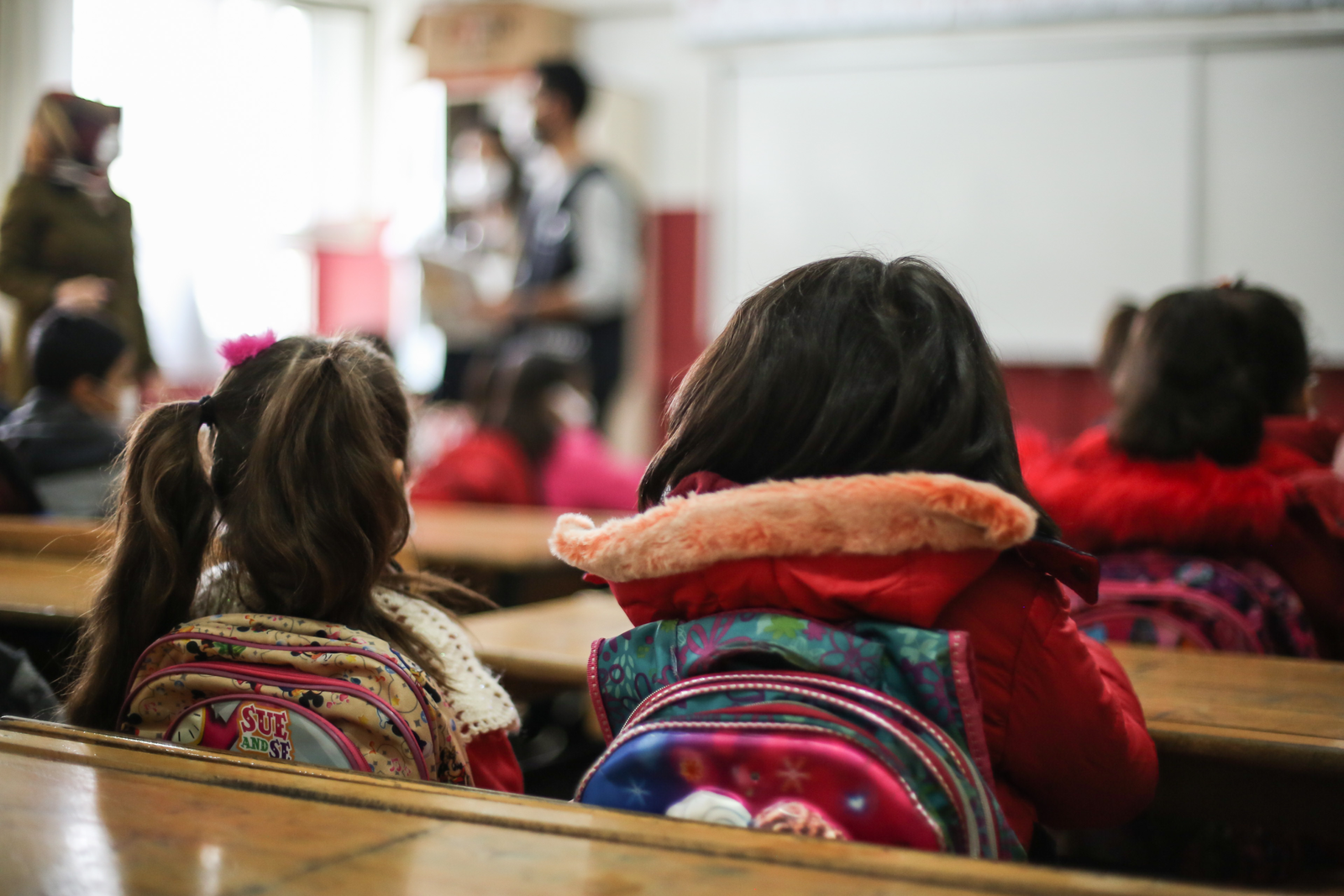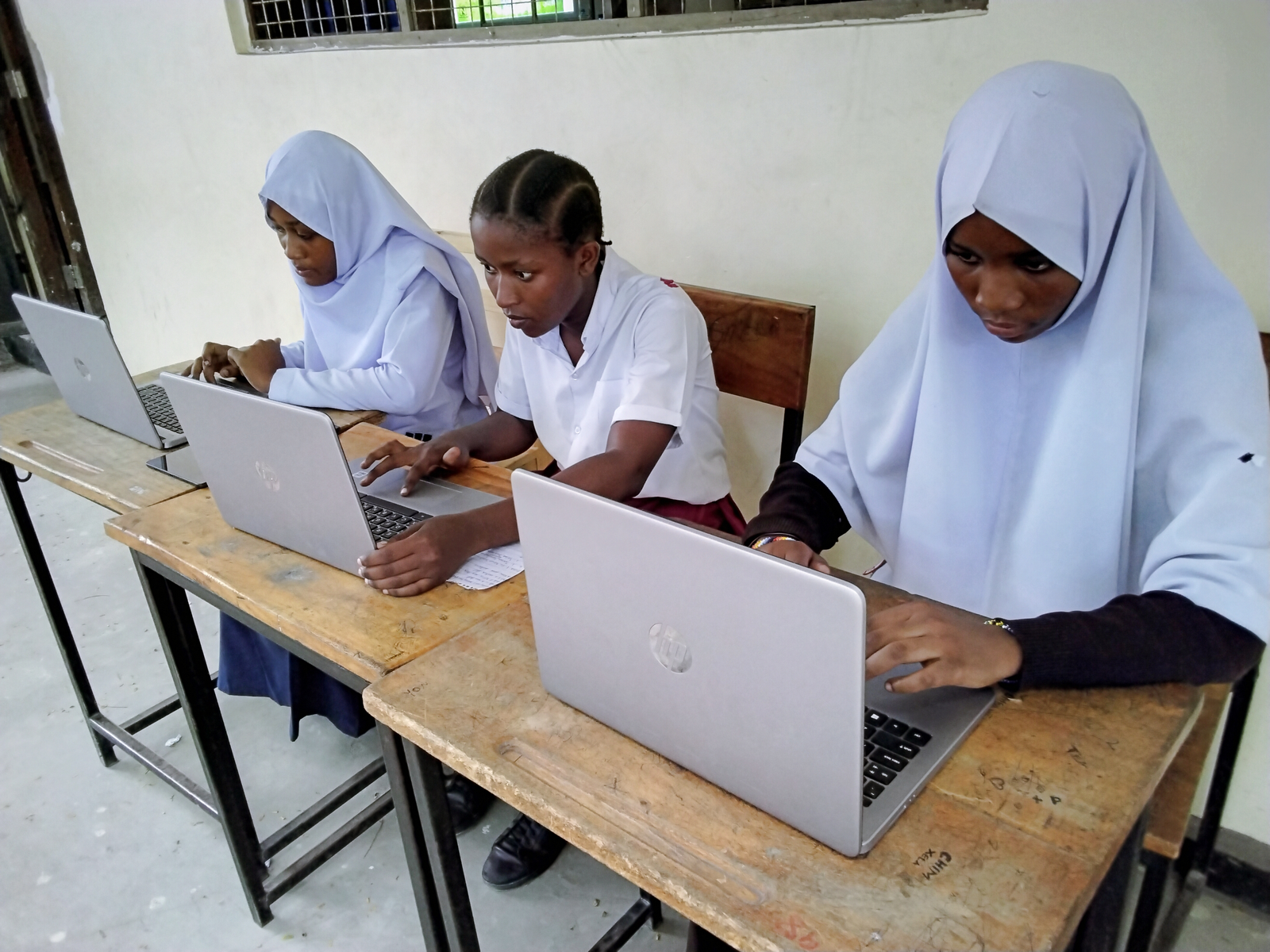
10 countries where girls’ education has been under attack
Barriers to education, Children in conflicts, Education in emergencies, Girls' education, International Women's Day, Safe schools
This week we have been marking International Women's Day with inspiring stories about people who are tackling gender inequality. Here we look at the continuing attacks on girls' education.
Around the world there are 121 million children and adolescents who don’t go to school.
Girls make up 53% of those out of primary school and 52% of of those out of lower secondary school, even though only 48% of the world’s under-15 population are girls, according to the Global Partnership for Education.
Girls’ access to education is often restricted – just because they are girls. During violent conflicts, they are deliberately targeted by armed groups and government forces. They can also suffer sexual violence, abduction, intimidation and harassment.
A United Nations report in 2015 said there were attacks on schools in at least 70 countries between 2009 and 2014.
“In situations of displacement, girls are particularly vulnerable,” it said. “In addition to discrimination related to race, religion or ethnicity, girls are also often subject to abuses based on their sex and therefore to multiple forms of discrimination.”
Here’s a look at 10 of the countries where girls’ education has literally been under attack in recent years.
Afghanistan
More than 300 schools were attacked in two months late last year – mainly by the Taliban waging war on education.
In October, armed men burst into a girls’ school in northern Jawzjan province at night, beat up security guards and burned down the school.
More than 210 girls’ schools were closed down in 2016 – denying nearly 51,000 girls access to education – said a UN report.
The UN reported more than 1000 attacks on education between 2009 and 2012, including schools being set on fire, suicide bombings, bombs, killings of staff, threats to staff and abductions.
Attackers frequently targeted girls’ education. “Night letters” – threatening letters placed outside schools, en route to the school or outside teachers’ homes – were distributed in the southern, south-eastern, central and northern regions, warning entire communities not to send their daughters to school and calling on teachers and government employees to close schools, especially girls’ schools.
In 2012, around 150 Afghan high school-aged girls were poisoned in northern Afghanistan in an attack on females seeking education. They were poisoned by contaminated water in Afghanistan’s northern Takhar province, causing them to have severe headaches and vomiting.
India
In July 2013, four girls at a Christian school in India were abducted and raped. They were aged between 12 and 14.
Iraq
The so-called Islamic State has persecuted Yazidi girls and women since 2014, having abducted hundreds from their villages. Many were raped and/or kept as slaves. In October 2014, a UN report revealed that ISIL had detained up to 7000 Yazidi women in northern Iraq.
Mali
Girls have been targeted for sexual and other forms of violence in schools for failing to adhere to strict dress requirements imposed by armed groups. Only 56% of girls are enrolled in primary school, compared to 70% of boys.
Nigeria
Boko Haram – whose name means “Western education is a sin” in the Hausa language – has been responsible for the abduction of hundreds of girls in northeast Nigeria, as well as attacks against teachers and schools. They abducted 276 schoolgirls from the northeast Nigerian town of Chibok in April 2014.
Boko Haram has destroyed more than 900 schools and forced 1500 more to close.

Pakistan
The Taliban’s attacks and violent threats against girls resulted in 120,000 female students and 8000 women teachers stopping going to schools in the Swat district in 2009.
In 2012, Malala Yousafzai was just 15 when a gunman boarded her bus as it headed home from school. He shot her in the head and neck but she survived. Malala was targeted for promoting girls’ education in Swat Valley.
In 2014 girls’ schools were blown up in Bara and Bajaur.
Somalia
In 2010, girls were kidnapped from schools in Somalia to become “wives” of Al-Shabaab fighters. The Islamist terror group also recruited girls from schools to fill its ranks via propaganda and material rewards.
Human Rights Watch reported that a girl who refused to join was shot in front of her classmates. In another incident, 12 girls were forcibly taken and 150 females dropped out of school.
Syria
In 2015, an Islamic State mortar attack on a school killed nine students and injured another 20 in an attack in northeast Syria. The shells hit the Harabesh primary school for girls in a government-held part of Deir el-Zour.
The Syrian Observatory for Human Rights (SOHR) reported nine female students were killed and around 20 injured when the mortar shells hit several parts of the school.
Uganda
During armed conflicts, girls have been abducted and forcibly recruited into the armed forces precisely because of their education.
For example, the Lord’s’ Resistance Army targeted secondary school girls in northern Uganda as their superior literacy and numeracy made them valuable recruits for military communications work.
Yemen
Getting access to education – even a primary school education – is one of the biggest challenges facing children in Yemen, especially girls. Nearly half of primary school-age girls do not go to school. Two out of three women in Yemen are illiterate.
Since the conflict escalated in March 2015 hundreds of children have been killed or injured. In one of the worst atrocities, a car bomb killed 15 school girls on a bus in the Yemeni province of Bayda in 2014.
More news

Skills for the future give young people the best chance of success
